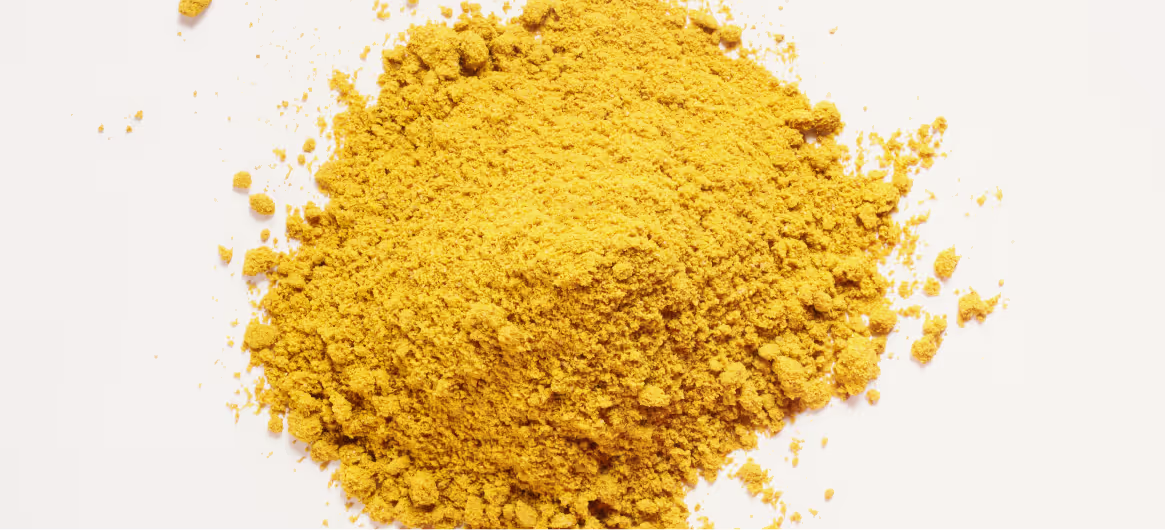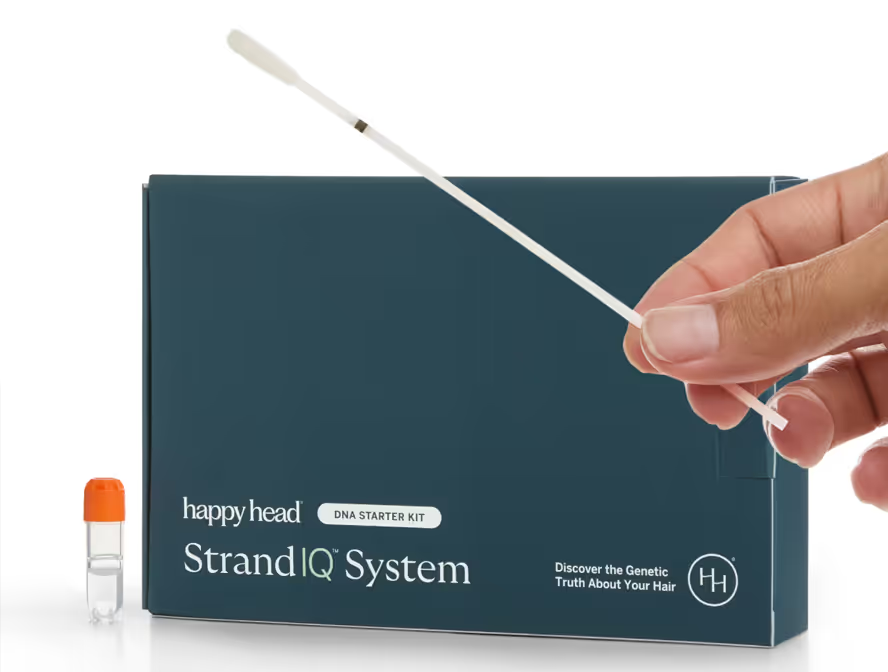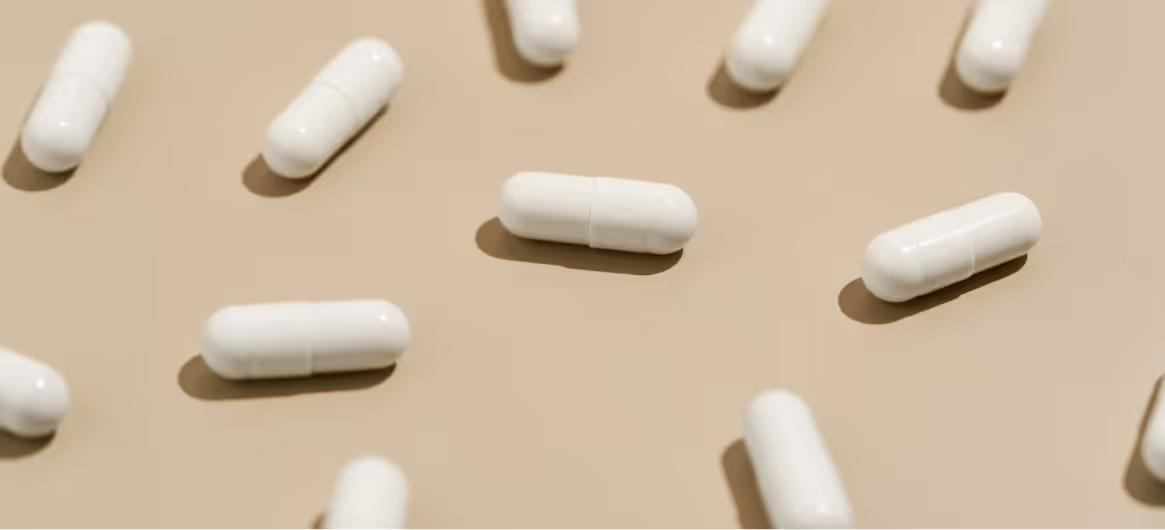Topical retinoic acid, including its all-trans form tretinoin, comes from vitamin A and is best known for renewing skin. But it’s also gaining attention for scalp health and hair growth. It works by speeding up cell turnover, clearing blocked follicles, and helping other treatments—like minoxidil—absorb more effectively, creating a better environment for hair to thrive.
Retinoic acid also affects how keratin-producing cells develop and may help shift follicles into the anagen (growth) phase. Still, not everyone responds the same way, and your genetics can play a big role in how well it works for you.
The Role of Genetics in Retinoic Acid Response
Your ability to benefit from topical retinoic acid depends in part on how efficiently your skin converts retinol into active retinoic acid and how your cells process it once applied. Variants in ALDH1A2 and RDH10 genes can impact this conversion process, influencing the potency of topical products.
Other genes, like those in the RAR (retinoic acid receptor) family, determine how well retinoic acid binds to cell receptors in the scalp to trigger cellular renewal. If receptor binding is less efficient, you may see slower or reduced improvement in hair growth.
Finally, genetic differences in skin barrier function, such as variations in the FLG (filaggrin) gene, can influence how well retinoic acid penetrates the scalp — affecting both results and the likelihood of irritation.
Efficacy Levels and What They Mean
High likelihood – Your Happy Head StrandIQ™ analysis suggests you’re likely to experience strong results from topical retinoic acid with standard usage.
Moderate likelihood – Genetics may slightly reduce absorption or receptor binding, meaning you might need to optimize concentration or try combination therapies.
Low likelihood – Your genes may limit the benefits of retinoic acid alone; combination treatments and careful skin barrier support may be necessary.
Top Strategies for High Efficacy
If your StrandIQ™ analysis indicates that you are genetically likely to respond well to retinoic acid:
- Follow a consistent application schedule
Regular use (2–3 times per week, or as directed) maintains steady scalp cell turnover. - Pair with minoxidil
Talk to your Happy Head dermatologist about combination treatments. For example, research suggests retinoic acid can increase minoxidil absorption and effectiveness. - Support skin hydration
Use a gentle, sulfate-free shampoo and hydrating conditioner to prevent dryness.
Optimizing Results at Moderate Efficacy
If your genetics suggest a moderate response to retinoic acid:
- Consider concentration adjustments
Discuss with your dermatologist whether a slightly higher-strength topical may improve results. - Combine with other growth stimulants
Other treatments such as platelet-rich plasma (PRP) therapy, low-level laser therapy, or microneedling can complement retinoic acid’s effects. - Buffer against irritation
Apply over a light layer of moisturizer or use on a less frequent schedule to keep your scalp barrier intact. - Target application
Focus on thinning areas to maximize product efficiency where it’s most needed.
Low Efficacy: Advanced Strategies
If your StrandIQ™ analysis suggests limited benefit from retinoic acid alone:
- Pair with other hair growth solutions
Talk with your provider to explore combining retinoic acid with minoxidil, antiandrogens, or peptides to address multiple hair loss pathways. - Address skin barrier health first
Treat any flakiness, inflammation, or dermatitis before starting retinoic acid to improve penetration. - Use professional delivery methods
Consider in-office retinoic acid treatments or compounded formulas for higher bioavailability. - Monitor for tolerance
If you notice frequent irritation, switch to encapsulated or slow-release formulations for gentler delivery.
The Bottom Line
Topical retinoic acid can be a powerful tool for improving scalp health and enhancing other hair growth treatments—but your genetic makeup helps determine how much it can deliver. By understanding your likelihood level, you can work with your provider to choose the right concentration, application strategy, and combination therapies to maximize results.
Resources
StrandIQ SNP Marker Count: 3
StrandIQ Genes for Trait:
CRABP2, CYP26B1, RXRG
References:
Bielli, A., et al. (2019). Cellular retinoic acid binding protein-II expression and its potential role in skin aging. Aging (Albany NY), 11(6), 1619–1632. PMID: 30888968.
Manolescu, D.C., et al. (2010). Newborn serum retinoic acid level is associated with variants of genes in the retinol metabolism pathway. Pediatric Research, 67(6), 598–602. PMID: 20308937.
Rhie, A., et al. (2019). Genetic variations associated with response to dutasteride in the treatment of male subjects with androgenetic alopecia. PLoS One, 14(9), e0222533. PMID: 31525235.
Stevison, F., et al. (2015). Role of retinoic acid-metabolizing cytochrome P450s, CYP26, in inflammation and cancer. Advances in Pharmacology, 74, 373–412. PMID: 26233912.
This content, including StrandIQ™ DNA analysis reports and any Happy Head products and/or services referenced therein, is for informational and cosmetic purposes only. It is not intended to diagnose, treat, cure, or prevent any disease. This content does not constitute medical advice and should not be used to make healthcare decisions. References to prescription treatments are educational in nature. Always consult a licensed healthcare professional for any medical concerns or treatment decisions.








.avif)

